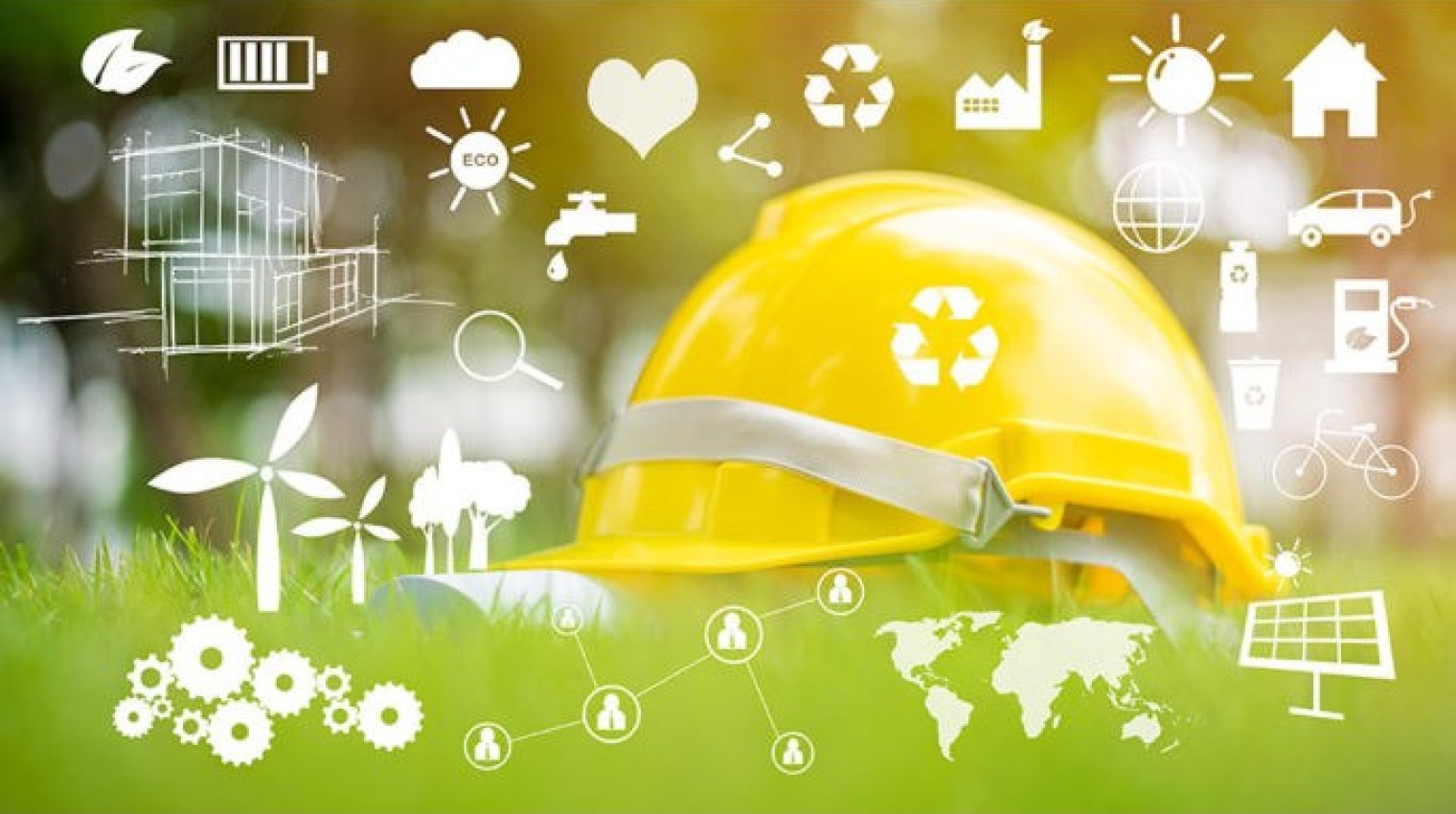What is green building?
03.31.2023

The 3 most important R's in any construction project
Let's Chat!
Are you interested in discussing the environmental impact of construction? Give us a call at: 707.823.4899 or email info@leffdesignbuild.com
Let's Chat!